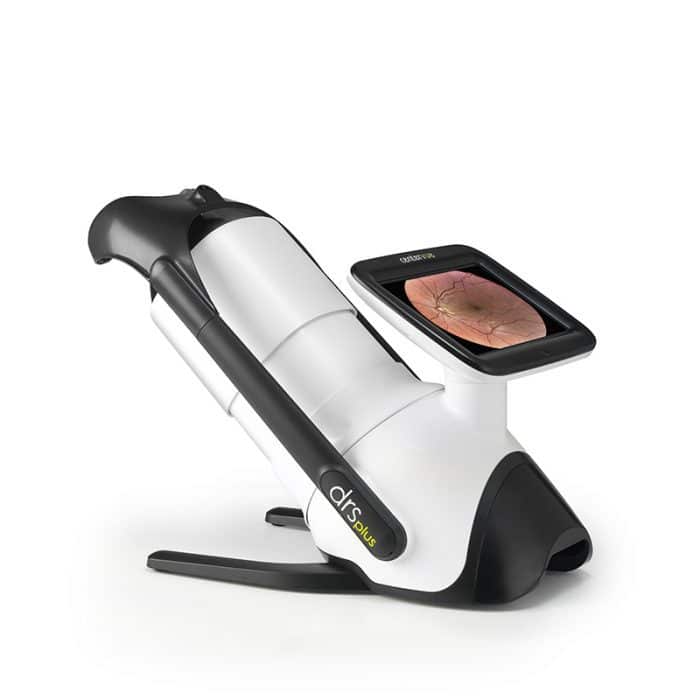

The purpose of our study was to compare IOP readings taken with GAT and iCare in subjects with normal corneas and in patients that underwent lamellar or penetrating keratoplasty and to assess the influence of CCT, corneal curvature (CC) and corneal astigmatism (CA) on IOP measurements. To the best of our knowledge, studies reporting the influence of corneal curvature (CC) on iCare and comparative IOP measurements in post-keratoplasty eyes are limited. 13, 14, 15, 16 Although iCare was designed not to be influenced by corneal properties, studies have shown that central corneal thickness (CCT) and other corneal structural characteristics affect iCare IOP readings. The iCare tonometer has shown good reproducibility 13 and correlation with GAT and other tonometers in healthy and glaucomatous eyes. 12 The main advantages of this device include its quick and simple use, and that local anesthesia and slitlamp are not needed. The iCare (Tiolat Oy, Helsinki, Finland) is a new handheld tonometer, which is based on the impact-induction principle also known as rebound tonometry. Several alternative tonometers have been developed that claim to provide measurements that are not influenced by corneal properties, unlike GAT. 8, 9, 10, 11 Although not fully understood and predictable, GAT IOP errors in corneal grafts may be due to several factors including the following: surgically induced thinning or thickening of the cornea high and/or irregular postoperative astigmatism disruption of the mechanical integrity and remodeling of corneal tissue, which include the compliance forces present in the host eye, variable graft-host interface mechanics, changes in corneal biomechanical properties, and difficulties in aligning the tonometer head properly on the corneal surface. Studies have shown erroneous postoperative IOP readings with GAT after keratoplasty. Goldmann applanation tonometry (GAT) is considered the gold standard for IOP measurement 1 its accuracy is, however, influenced by corneal thickness, curvature, and biomechanical properties, such as rigidity, viscosity, elasticity, hydration, 2, 3, 4, 5, 6 which have shown to have high interindividual variability and to be affected by corneal pathology and surgery. The accuracy of intraocular pressure (IOP) measurement is crucial in the screening, diagnosis, and management of glaucoma and for all types of intraocular surgical procedures.


 0 kommentar(er)
0 kommentar(er)
